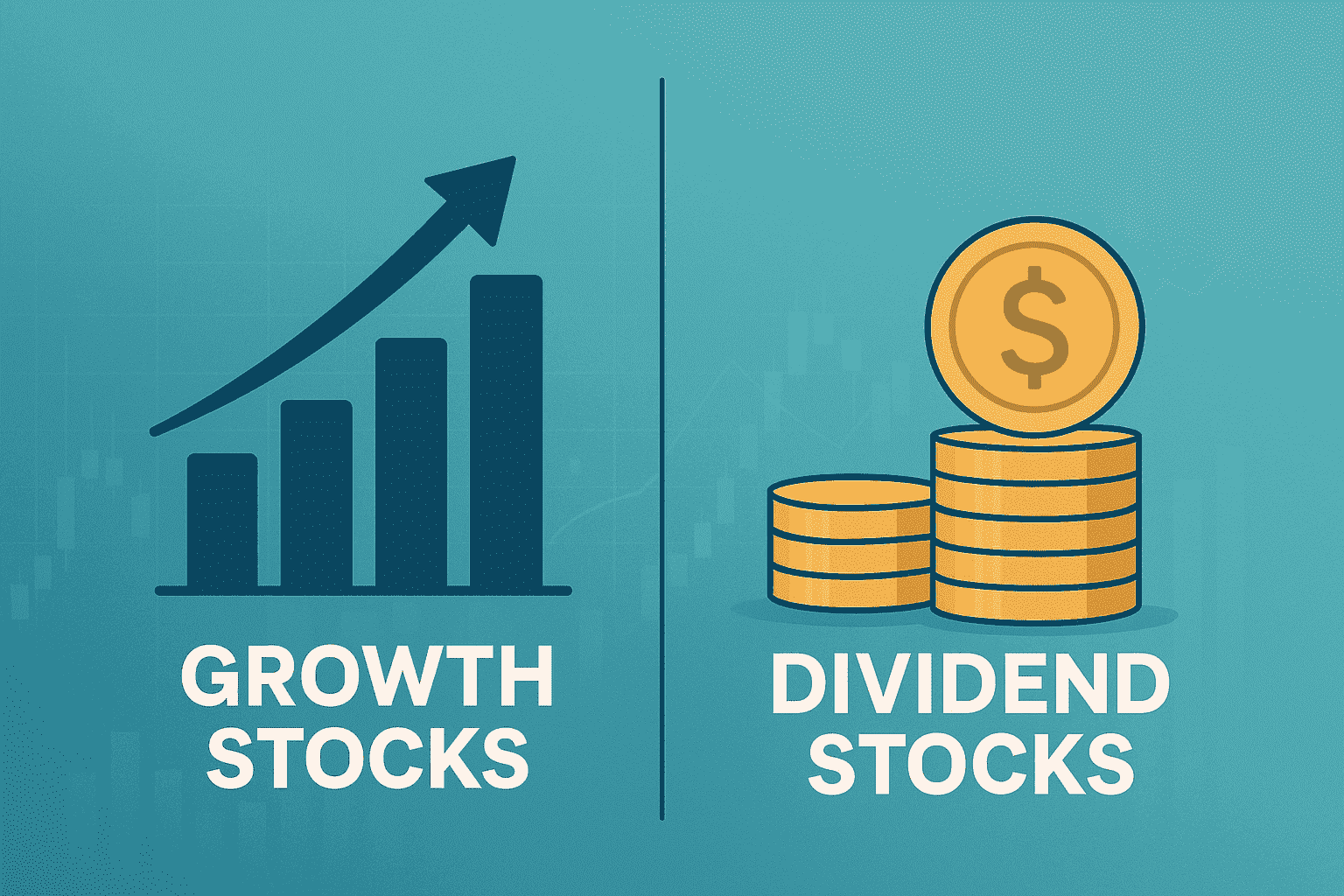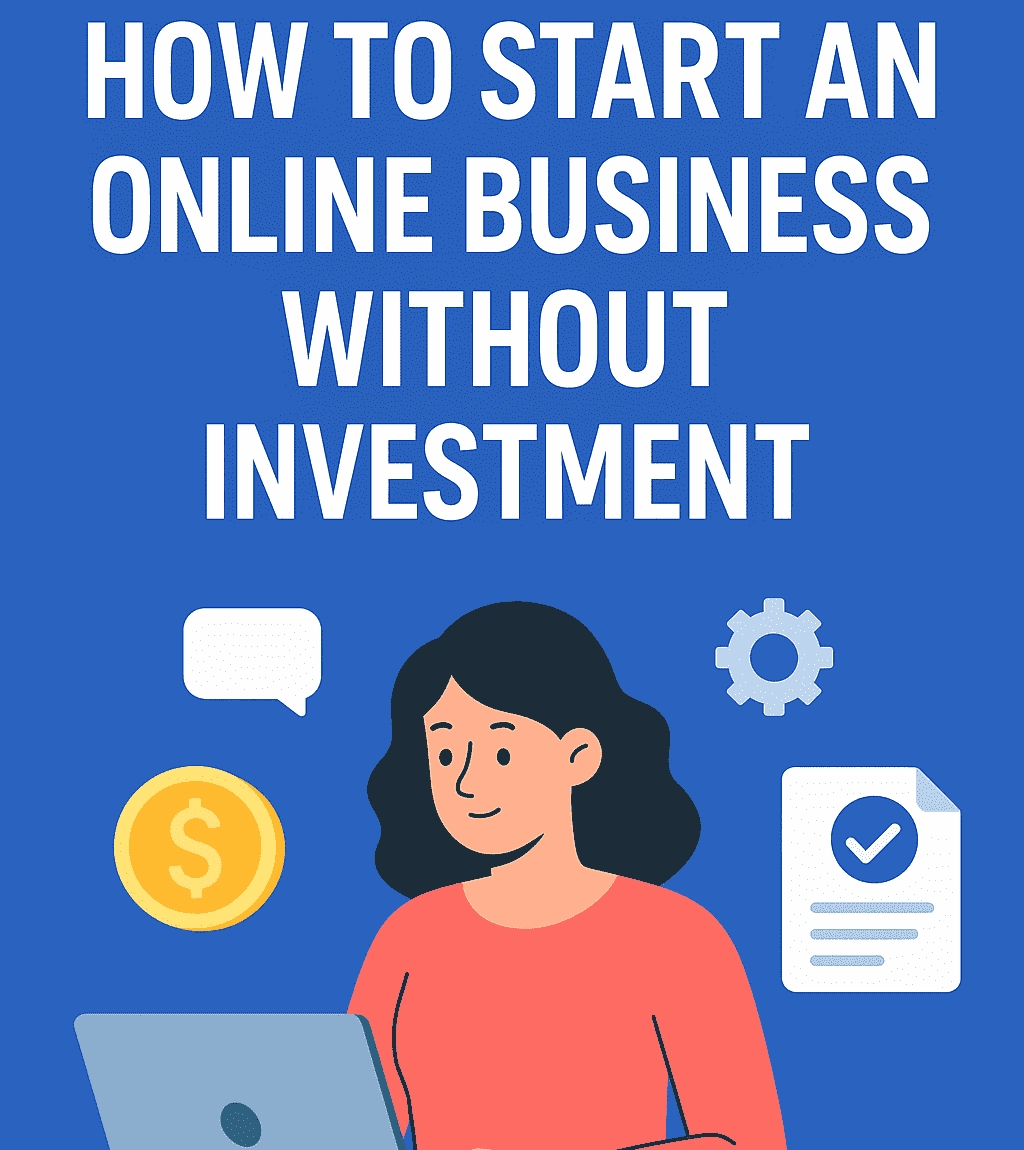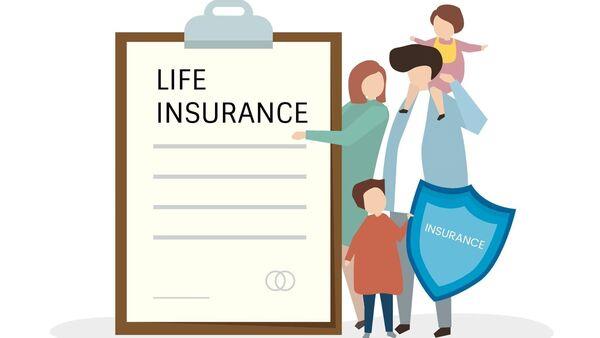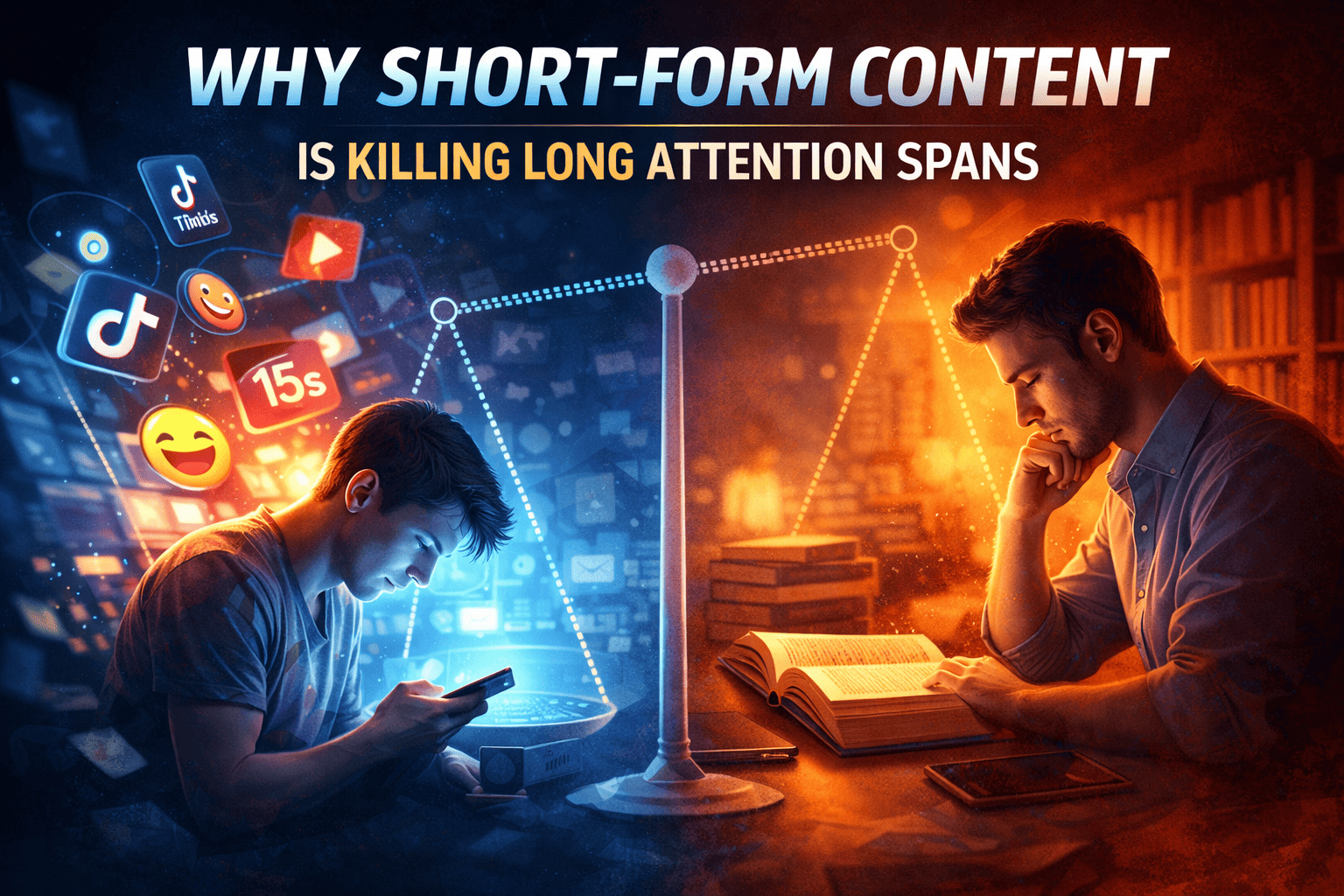The UK housing market has always been a bit of a rollercoaster—full of ups, downs, and unexpected twists. Whether you’re trying to get on the property ladder, thinking about selling, or considering an investment, knowing what’s coming can make all the difference.
So, what can we actually expect by 2026? Will prices keep rising? Will mortgages become more affordable? And where are the best opportunities for buyers and investors?
Let’s break it all down—without the jargon—so you can make smart decisions for your future.
1. Where We Are Now: The 2024 Housing Market Snapshot
Before we jump into predictions, it’s worth looking at where things stand today.
-
House Prices: After the pandemic boom, prices have cooled off a bit. Higher mortgage rates and living costs have made buyers more cautious.
-
Mortgage Rates: With the Bank of England base rate at 5.25% (as of mid-2024), borrowing isn’t cheap. Many first-time buyers are struggling to save for deposits while rents eat into their budgets.
-
Supply & Demand: There still aren’t enough homes, especially affordable ones. This keeps prices from dropping too much, even when demand slows.
This sets the stage for what’s likely to happen over the next couple of years.
2. What Will Shape the Market in 2026?
Several big factors will determine whether 2026 is a buyer’s, seller’s, or investor’s market.
A. Will Mortgage Rates Finally Drop?
This is the million-pound question. Experts think rates could ease to around 4-4.5% by 2026 if inflation keeps falling. That would make mortgages more manageable, especially for first-time buyers.
But if inflation stays stubborn, rates might not budge much. Keep an eye on the Bank of England’s moves in 2025—they’ll give us the best clues.
B. Will House Prices Rise or Fall?
Most forecasts suggest slow but steady growth (1-3% per year) rather than a crash or boom. Why?
-
Shortage of homes means prices won’t plummet.
-
Affordability limits mean they won’t skyrocket either.
That said, some areas will do better than others (more on that soon).
C. Will More Homes Be Built?
The government keeps promising to fix the housing crisis, but progress is slow. We’d need 300,000+ new homes a year just to keep up with demand—right now, we’re falling short.
Until that changes, prices in popular areas will stay high.
D. How Will Politics Play a Role?
The next general election (due by early 2025) could shake things up.
-
Labour might push for more social housing and rent controls.
-
Conservatives could tweak Help to Buy or stamp duty rules.
Either way, policy changes could sway the market—so stay tuned.
3. Where Will Prices Grow the Most? (Regional Breakdown)
Not all parts of the UK will move at the same pace. Here’s what to expect:
London & the South East: Slow and Steady
-
Prices are already so high that growth will likely be minimal (0-2%).
-
Prime central London could bounce back if foreign investors return.
The North & Midlands: Still Hotspots
-
Cities like Manchester, Birmingham, and Leeds offer better affordability and strong job markets.
-
Big projects like HS2 (if it happens) will keep demand high.
Scotland & Wales: A Mixed Picture
-
Edinburgh and Glasgow remain strong, but rural areas may slow down.
-
Wales is seeing more buyers priced out of England, boosting demand in places like Cardiff.
4. The Rental Market in 2026: More Pain for Tenants?
If you’re renting, brace yourself:
-
Rents will keep rising—landlords are passing on higher mortgage costs.
-
Fewer rental homes—some landlords are selling up due to tax changes and regulations.
-
Build-to-Rent growing—big investors are stepping in, but these flats often come at a premium.
Renters’ tip: If you find a good deal, consider a longer lease to lock in the rate.
5. Smart Moves for Buyers, Sellers & Investors
If You’re Buying…
✅ Watch mortgage rates closely—if they dip below 4.5%, jump on a deal.
✅ Look beyond London—cities like Sheffield and Liverpool offer better value.
✅ Check for government schemes—shared ownership or First Homes could help.
If You’re Selling…
✅ Price realistically—over-ambitious sellers are struggling in today’s market.
✅ Boost your home’s appeal—small fixes (fresh paint, decluttering) can make a big difference.
✅ Be patient—if the market’s slow, you might need to wait for the right buyer.
If You’re Investing…
✅ Focus on high-yield areas—Manchester, Liverpool, and Birmingham still offer solid returns.
✅ Consider HMOs—renting by the room can maximise income.
✅ Watch out for tax changes—new rules could affect your profits.
Final Thought: A More Balanced Market Ahead
2026 probably won’t bring a housing crash or a sudden boom. Instead, expect a steady, slower-moving market where:
-
Prices creep up slightly in most areas.
-
Mortgages get a bit cheaper (but don’t expect pre-2022 rates).
-
Rents keep rising unless the government steps in.
The key takeaway? Do your homework, stay flexible, and don’t rush into decisions. Whether you’re buying, selling, or investing, the right move depends on your personal situation—not just the market.
You Should also read this post














Leave a Reply